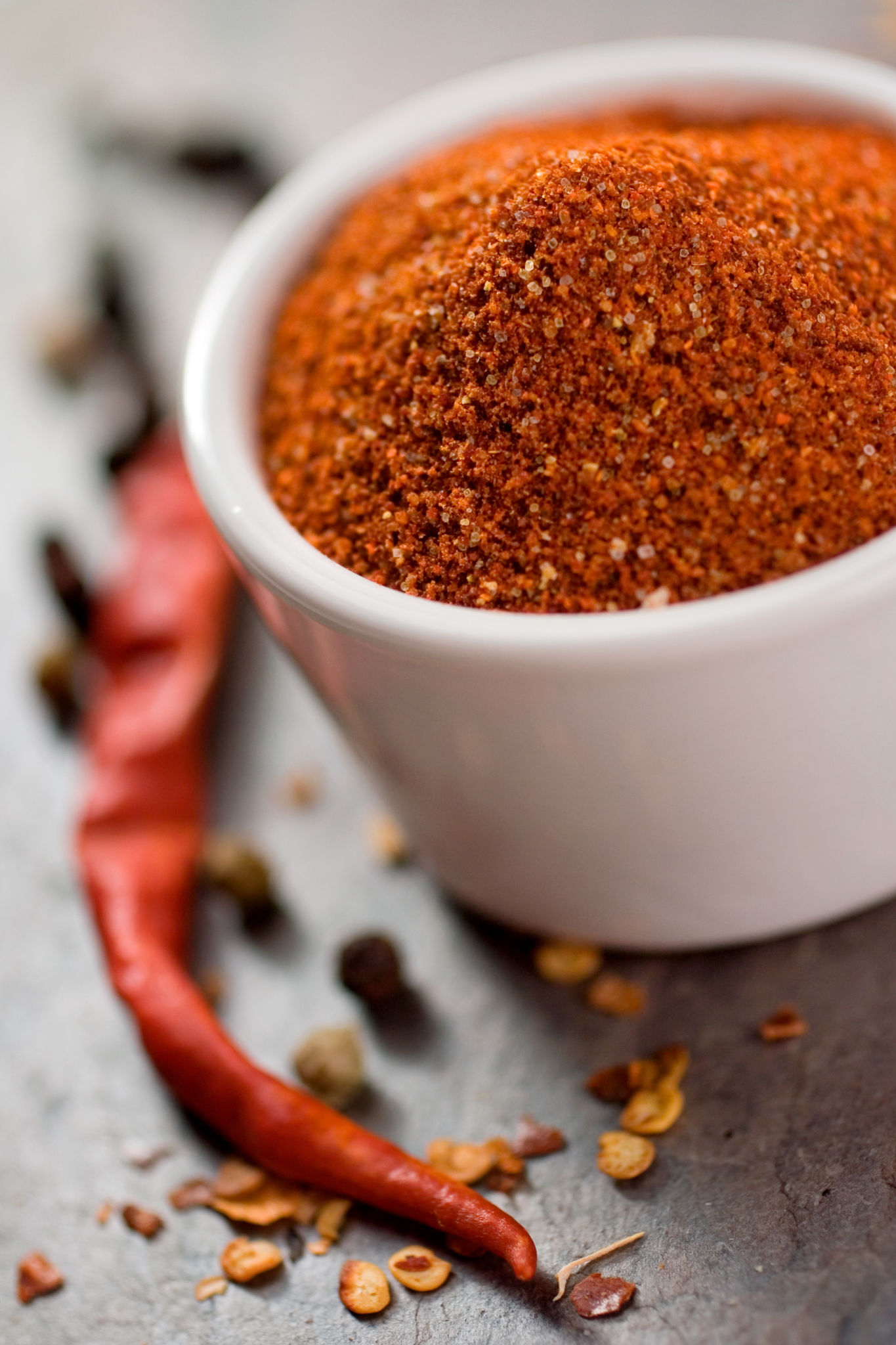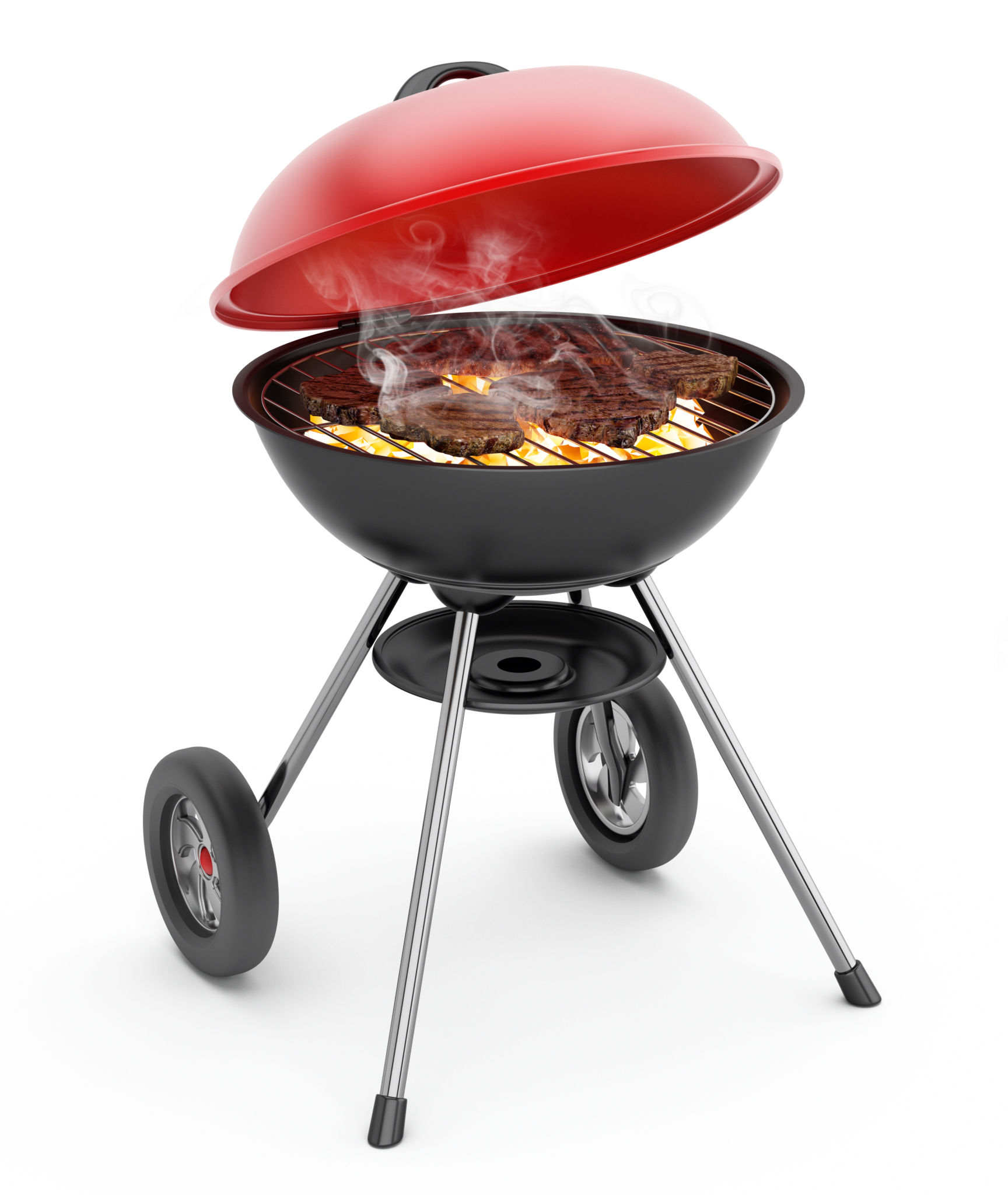Mastering the Art of American Barbecue: A Comprehensive Guide
MC
The Fundamentals of American Barbecue
American barbecue is more than just a way to cook food—it's a cultural experience that brings people together. Different regions across the United States boast their own unique styles, from the smoky flavors of Texas brisket to the tangy sauces of Carolina pulled pork. To truly master the art of American barbecue, one must understand the various techniques, regional specialties, and flavor profiles that define this beloved culinary tradition.

Choosing the Right Equipment
The first step in creating a perfect barbecue is selecting the right equipment. There are several types of grills and smokers, each offering distinct advantages. Charcoal grills are known for their ability to produce a rich, smoky flavor, while gas grills offer convenience and temperature control. Smokers, on the other hand, are ideal for slow-cooking meats to achieve tenderness and depth of flavor.
When choosing your equipment, consider factors like space, budget, and the type of barbecue you wish to master. For instance, if you're interested in smoking meats, investing in a dedicated smoker may be beneficial. Additionally, ensure you have essential tools such as tongs, a meat thermometer, and a chimney starter to make the grilling process efficient and enjoyable.
The Importance of Marinades and Rubs
Marinades and rubs are crucial for infusing your barbecue with flavor. A marinade is typically a liquid mixture that tenderizes meat and enhances its taste. Common ingredients include oil, vinegar, citrus juice, herbs, and spices. Allow meats to soak in the marinade for several hours or overnight to achieve optimal results.

Rubs, on the other hand, are dry mixes of spices and seasonings applied directly to the meat's surface. They create a flavorful crust known as the "bark." Popular rub ingredients include paprika, brown sugar, salt, pepper, and garlic powder. Experimenting with different combinations allows you to tailor the taste to your preferences.
Regional Barbecue Styles
One of the most fascinating aspects of American barbecue is its regional diversity. Each area has its own signature style and flavors:
- Texas: Known for its beef brisket, cooked low and slow with a simple rub of salt and pepper.
- Memphis: Famous for pork ribs and pulled pork with either a dry rub or a sticky, sweet sauce.
- Kansas City: Offers a wide variety of meats with thick, tangy sauces featuring molasses.
- Carolina: Divided into Eastern and Western styles, both focusing on pork with vinegar-based or tomato-based sauces.

Mastering Temperature Control
Controlling temperature is vital for achieving perfect barbecue results. Whether you're using a grill or smoker, maintaining a consistent temperature ensures that meats cook evenly and remain juicy. For smoking meats, aim for a temperature range of 225°F to 250°F. Grilling may require higher temperatures depending on the cut of meat.
Use a combination of vents and fuel adjustments to regulate heat. Additionally, consider using a two-zone cooking method—one side for direct heat and the other for indirect heat—to give you more control over how foods cook.
Pairing Barbecue with Sides and Beverages
No barbecue feast is complete without delicious sides and refreshing beverages. Classic sides include coleslaw, cornbread, baked beans, and potato salad. These dishes complement the rich flavors of barbecued meats and provide balance to your meal.

For beverages, consider serving iced tea, lemonade, or craft beers that complement the smoky flavors of your barbecue. The right pairing can elevate your dining experience and impress your guests.
The Art of Presentation
Presentation plays an important role in the overall barbecue experience. Arrange meats attractively on large platters or wooden boards for a rustic feel. Garnish with fresh herbs or slices of citrus to add visual appeal. Remember that we eat with our eyes first—an inviting presentation can make your barbecue even more enticing.
By understanding these essential elements of American barbecue—from equipment choices to regional styles—you'll be well on your way to mastering this cherished culinary art form. With practice and creativity, you'll soon be impressing friends and family with your barbecue prowess.
